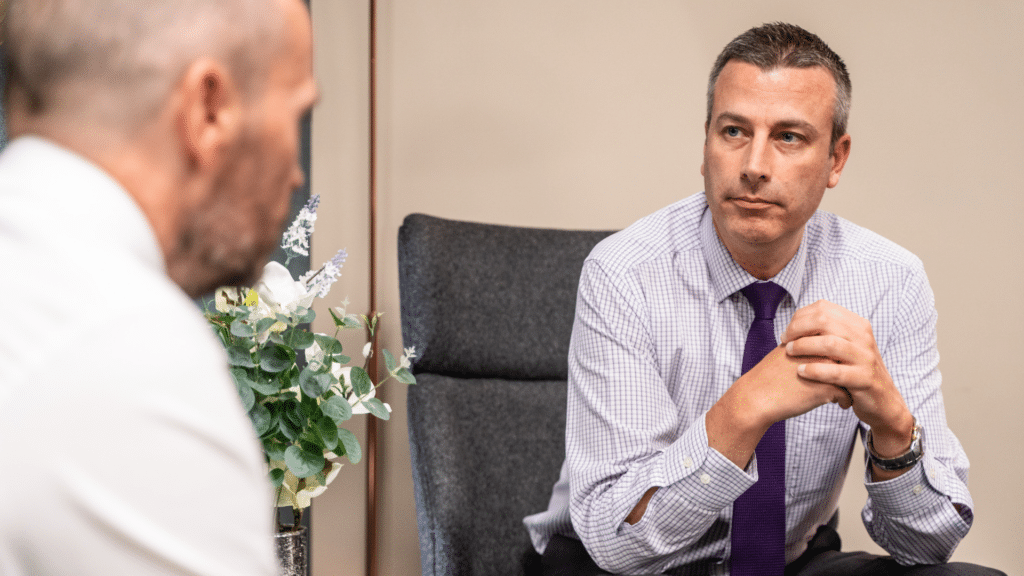Protecting Image Rights: Understanding and Safeguarding Personal Information in Marketing
What Are Image Rights and How Can I Protect Them?
Image rights refer to an individual’s ability to control the use of their personal information. This includes the right to stop unauthorized use of their name, image, slogans, characteristics, or signatures.
It is crucial to think about this protection if you are a public figure, influencer, or using someone’s image for advertising. As a business promoting your products, it is essential to understand the limitations of using someone’s image without their consent. For example, an individual may have the power to restrict the publication of photos that were initially taken for one purpose from being used for another purpose without their permission.
In the UK, there is a lack of specific legislation regarding image rights, which means individuals may need to utilise various laws to safeguard their image. Businesses must be aware of and adhere to these rights when utilising someone’s image for marketing purposes. Without clear safeguards against unauthorised image use, seeking advice from a solicitor is the best way to ensure these rights are properly defended.
Utilizing Individuals’ Images for Advertising – Guidelines from the Advertising Standards Code
The Advertising Standards Codes include specific regulations regarding the utilisation of individuals’ images for advertising without proper consent. Rule 6.2 of the CAP Code, applicable to print and online advertising (including a company’s website), states that marketers should refrain from depicting or referencing individuals in a negative manner without explicit written permission. The ASA has specified that while public crowd images taken in a public setting can be used without consent, complaints may be upheld if permission was not obtained and the individual was prominently featured, causing distress. It is important to note that permission may not always be required, but when necessary, it should be obtained in writing.
The BCAP Code, which governs radio and television advertising, stipulates that living individuals should not be featured without their consent unless it is a brief incidental appearance, such as in a crowd scene.
If complaints arise, they can be filed with the ASA. If a non-broadcast advertiser is unresponsive to persuasion for changing their advertising, the ASA may escalate the issue to Trading Standards Services for potential legal action. Furthermore, the ASA has the authority to refer matters to Ofcom.
Protecting Intellectual Property: Safeguarding Rights in Marketing Campaigns
Copyright laws can provide limited safeguards to prevent the unauthorised copying of photographs if there is existing copyright protection. For example, an individual’s name, slogan, image, signature, voice, or nickname may be eligible for trademark protection, provided that the mark is distinctive and capable of being graphically represented. Renowned personalities like David Beckham, Tiger Woods, and Alan Shearer have secured trademark registrations for their names in specific product categories.
When devising a marketing strategy that involves individuals, it is essential to ensure that either through direct agreements with the models or contracts with marketing agencies, consent is obtained for the use of images and associated intellectual property rights.
How Thursfields can help
At Thursfields solicitors, our commercial team is well-equipped to guide you through the intricacies of image rights protection and help you ensure compliance with relevant regulations. If you have questions or require assistance in safeguarding your image rights, please do not hesitate to contact us at info@thursfields.co.uk or by calling 0345 207 3728.




